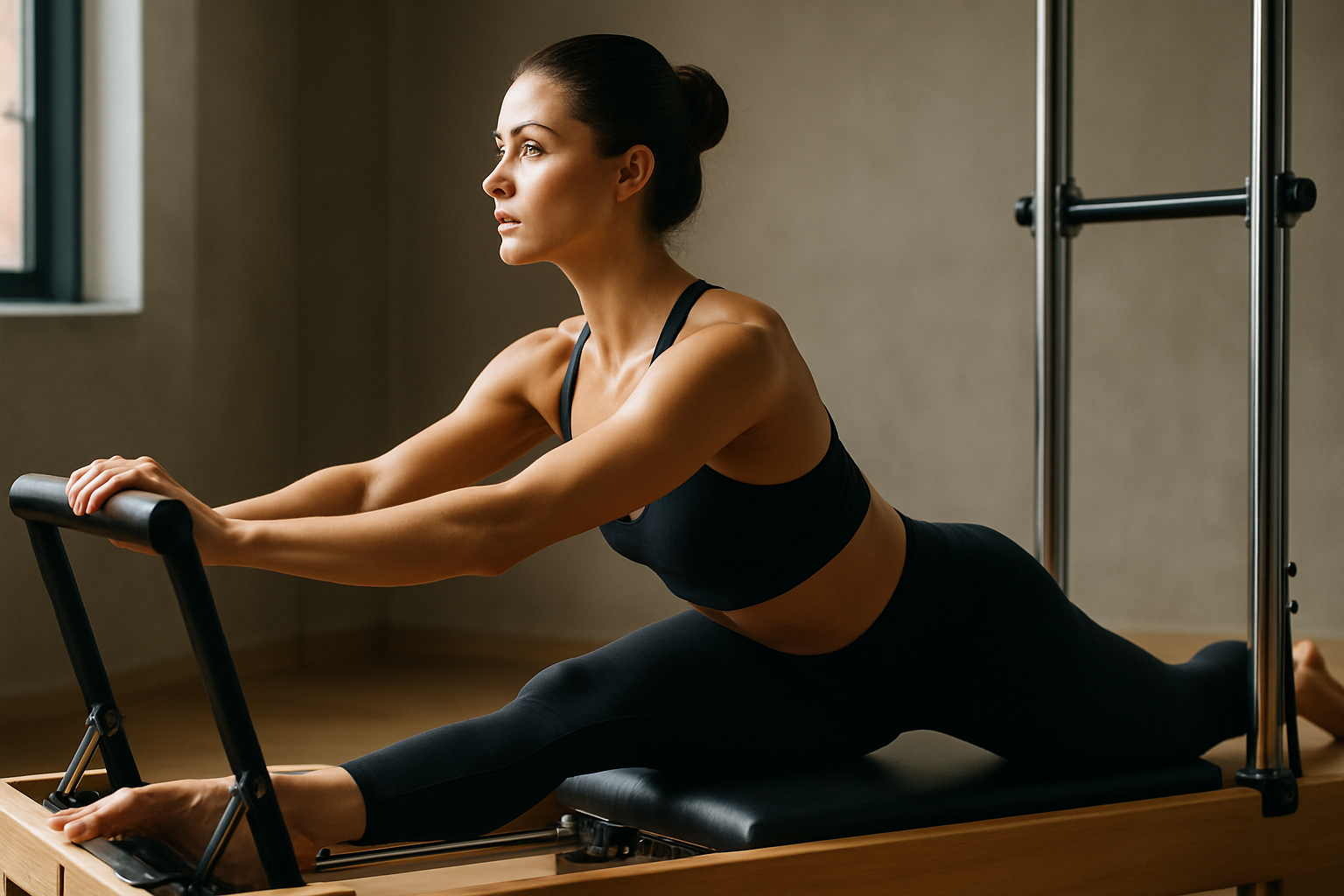A Comprehensive Guide to Gyms for Seniors in the United Kingdom
Staying active is essential for seniors in the United Kingdom. This guide explores gym options designed for seniors, highlighting fun and effective ways to improve strength, flexibility, and overall health. Learn how to choose the right gym and make the most of your fitness routine for seniors.

Maintaining an active lifestyle is essential at every stage of life, but it takes on special significance for older adults. Gyms designed with seniors in mind offer not just equipment, but supportive environments where individuals can work on strength, flexibility, balance, and cardiovascular health. Across the United Kingdom, many fitness facilities now recognize the unique needs of senior members and have adapted their offerings accordingly. Whether you are new to exercise or returning after a break, understanding what makes a gym suitable for seniors can help you make an informed choice that supports your wellbeing.
Understanding the Importance of Fitness for Seniors
Regular physical activity provides numerous benefits for older adults, including improved cardiovascular health, stronger bones and muscles, better balance and coordination, and enhanced mental wellbeing. Exercise can help manage chronic conditions such as arthritis, diabetes, and heart disease, while also reducing the risk of falls and maintaining independence. For seniors, staying active is not just about physical health but also about social engagement and mental stimulation. Many gyms offer group classes and social activities that provide opportunities to connect with peers, reducing feelings of isolation and contributing to overall quality of life. The key is finding a fitness routine that is both safe and enjoyable, tailored to individual abilities and health conditions.
Key Features to Look for in a Senior-Friendly Gym
When evaluating gyms, seniors should prioritize certain features that enhance safety and comfort. Accessibility is paramount, including step-free entry, handrails, wide walkways, and accessible changing facilities. Equipment should include low-impact cardio machines such as recumbent bikes, ellipticals, and treadmills with handrails. Resistance machines with adjustable settings and clear instructions are preferable to free weights for many seniors, though both options should be available. Staff qualifications matter significantly; look for trainers with experience working with older adults or certifications in senior fitness. Many quality gyms offer induction sessions where staff assess your fitness level and demonstrate proper equipment use. Additionally, consider the availability of specialized classes such as chair-based exercises, gentle yoga, tai chi, aqua aerobics, or balance training, all of which are particularly beneficial for older adults.
Tips for Maximizing Your Gym Experience as a Senior
Getting the most from your gym membership involves more than just showing up. Start slowly and gradually increase intensity and duration as your fitness improves. Consistency matters more than intensity, so aim for regular sessions rather than sporadic intense workouts. Always warm up before exercising and cool down afterwards to prevent injury. Stay hydrated and listen to your body, resting when needed and avoiding pushing through pain. Consider working with a personal trainer, at least initially, to develop a safe and effective program tailored to your goals and any health conditions. Many seniors find that exercising with a friend or joining group classes increases motivation and enjoyment. Keep track of your progress, celebrating small achievements along the way. Remember that exercise should be enjoyable, so try different activities until you find what you like best.
Comparing Gym Membership Options for Seniors
Gym membership costs vary considerably across the United Kingdom, depending on location, facilities, and membership type. Many gyms offer discounted rates for seniors, typically for those aged 60 or over. Here is a general comparison of typical membership options:
| Gym Type | Typical Monthly Cost | Key Features |
|---|---|---|
| Budget Chains | £15-£25 | Basic equipment, 24-hour access, limited classes |
| Mid-Range Gyms | £30-£50 | Wide equipment range, group classes, swimming pools |
| Premium Facilities | £60-£100+ | Extensive classes, spa facilities, personal training |
| Leisure Centers | £20-£40 | Community focus, varied activities, often council-run |
| Specialist Senior Gyms | £25-£45 | Age-appropriate equipment, qualified senior fitness staff |
Prices, rates, or cost estimates mentioned in this article are based on the latest available information but may change over time. Independent research is advised before making financial decisions.
Finding Local Fitness Options in Your Area
Across the United Kingdom, options for senior fitness continue to expand. Local leisure centers, often operated by councils, typically offer affordable memberships with facilities including swimming pools, exercise studios, and gyms. Many provide concessionary rates for seniors and offer programs specifically designed for older adults. National gym chains increasingly recognize the senior market and have introduced age-friendly initiatives, though experiences can vary by location. Some communities have specialist fitness centers focusing exclusively on older adults, providing tailored programs in supportive environments. Before committing to a membership, visit facilities in your area, ask about trial periods or day passes, and speak with current members about their experiences. Check what peak times are like, as some seniors prefer quieter periods for a more relaxed atmosphere.
Additional Considerations for Senior Gym Members
Beyond the basics, several factors can enhance your gym experience. Location and transport links matter, particularly if you do not drive. Parking availability or proximity to public transport can determine how regularly you attend. Check the gym’s policies on membership contracts, cancellation terms, and whether they offer flexible options such as off-peak memberships. Some gyms provide additional services like physiotherapy, nutritional advice, or health assessments, which can be valuable for seniors managing health conditions. Consider the social atmosphere; some gyms foster strong communities with social events and member groups, while others focus purely on fitness. Finally, ensure the gym maintains high standards of cleanliness and equipment maintenance, as these factors affect both safety and comfort.
This article is for informational purposes only and should not be considered medical advice. Please consult a qualified healthcare professional for personalized guidance and treatment.
Staying active in your senior years contributes significantly to physical health, mental wellbeing, and quality of life. By choosing a gym that understands and caters to the needs of older adults, you can enjoy exercise in a safe, supportive environment. Take time to research options in your area, visit facilities, ask questions, and find a place where you feel comfortable and motivated. With the right gym and a consistent approach, you can achieve your fitness goals and enjoy the many benefits that regular exercise brings.




